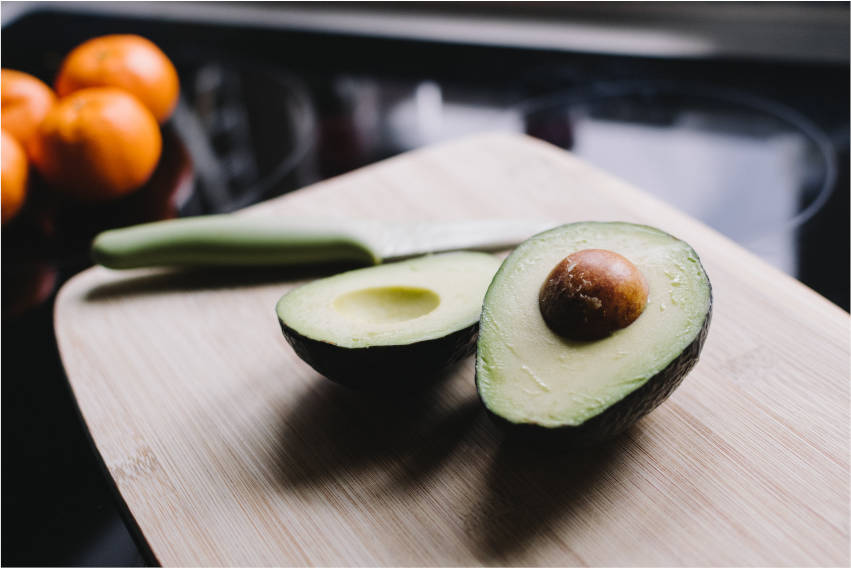With Keto diets and Intermittent Fasting both becoming popular forms of dieting for weight loss and overall health benefits, many are beginning to question which is better and what each involves. In broad physiological terms, the goal of the two methods is the same, but they often use different methods to get there.
Overall the goal of both Keto and Intermittent Fasting is to encourage your body to burn fat for energy instead of burning sugars. Many experts now agree that using the two together may help to promote further weight loss and be highly beneficial to your overall health. However, both Keto and Intermittent Fasting require a higher level of personal commitment than other diets, so it’s also about finding the best regime for your lifestyle.
What is Keto
Before you decide which diet to follow, it’s important to understand how both regimes should be followed and the biological processes that make them effective.
A Keto diet involves lowering your carbohydrate intake to below 50 grams of carbs per day and increasing your fat intake. Protein intake remains moderate. On a standard nutritional plan, your body is burning sugars (generated from carb intake) to burn energy and fuel your body. In Keto, the idea is to “train” your body to burn fat for energy instead.
By lowering carb intake and increasing fat intake, your body enters a state known as “ketosis.” This state of ketosis is reached when your body begins burning ketones (produced by fat intake).

Benefits of Keto
Some of the benefits of ketogenic diets can be:
- Weight loss
- Improved immune system
- Prevention of long term illnesses (e.g. diabetes)
- Improved heart health
- Higher energy levels
- Improved brain function
- Appetite regulation
Studies have shown that dieters following a ketogenic diet lost up to three times more weight than those on higher carb diets. These highly positive results in weight loss and the compatibility of Keto with clean living are what made the diet so popular.
Drawbacks of Keto
The only major drawback of Keto is that it’s usually not suitable for pregnant women or those with an existing Type 2 diabetes diagnosis. Any other “drawbacks” you hear about Keto are usually just temporary side effects of making a drastic change to your nutritional intake.
These temporary side effects may include:
- Dehydration
- Headaches
- Leg cramps
- Bad breath
- Fatigue
- Drowsiness
- Reduced physical performance
Most people can quickly alleviate or prevent these side effects by:
- Drinking plenty of water and salting their food
- Introducing enough variation to their diet for proper micro nutrient intake
- Easing gradually into Keto
The Keto diet is highly compatible with a vegan lifestyle, especially because vegans are accustomed to making sure they keep their micro nutrient intake stable through varied sources of fats and proteins.
If you want to know more about getting started on a Keto diet, check out the handy infographic from Total Shape on Keto beginners which is super helpful.

What is Fasting?
While Keto is a nutritional plan focused on specific portion sizes of carbs, proteins, and fats, Intermittent Fasting is a pattern of eating. It does not restrict food types, but provides windows of time where it is acceptable to eat, and windows of time when you should fast.
Intermittent Fasting plans usually follow cyclical periods of eating and fasting, so there are lots of different fasting plans you can follow. For example:
- 16/8 – 16 hours of fasting followed by 8 hours where you can eat.
- Alternate day fasting (fasting for one day and resuming normal food consumption the next, and so on)
- Weekly fasting (fasting one day per week).
Like Keto, fasting promotes fat loss because it allows your body to reach a state where it starts to burn fat for energy instead of sugars.
Benefits of Fasting
Many of the benefits of Intermittent Fasting are similar (if not the same) to Keto. Benefits can include:
- Reduced risk of cancer
- Not food restrictive
- Body fat loss
- Reduced risk of Type 2 diabetes
- Healthier immune system
- Healthier heart
- Improves brain function
If you’re vegan, you may prefer Intermittent Fasting because it only dictates when you eat, not what you eat. So you can continue your preferred vegan diet as normal with added health benefits.
Drawbacks of Fasting
The only drawback of Intermittent Fasting is how it might fit in with your lifestyle. But the hours are flexible and there are plenty of plans to choose from, so it’s a mental barrier more than anything else. For example, if you like to socialize after work in the evening, simply choose a fasting plan and schedule that allows your socializing time to fit into your eating window.

Keto and Intermittent Fasting Together
You may prefer to choose one over the other due to medical conditions or lifestyle considerations. But combining Keto and Intermittent Fasting may produce the best results. It is also advisable when following a keto diet to perhaps adhere to it for a limited time and then switch back to a normal diet, to ensure you still take in a varied diet with all the different macro nutrients. When doing that remember when switching to do so gradually and not do an abrupt change.
It’s thought that combining Keto and Intermittent Fasting can:
- Increase body fat loss
- Help maintain muscle during weight loss
- Boost energy levels further
The only thing standing in your way is the added pressure of combining two high-commitment regimes. So, why not start with one and then add the other later on? Don’t be afraid to try them out for a few months and see what you prefer and how you react to them. Some people like them some people don’t. The only way to find out is to try it, after you have done your research though!













